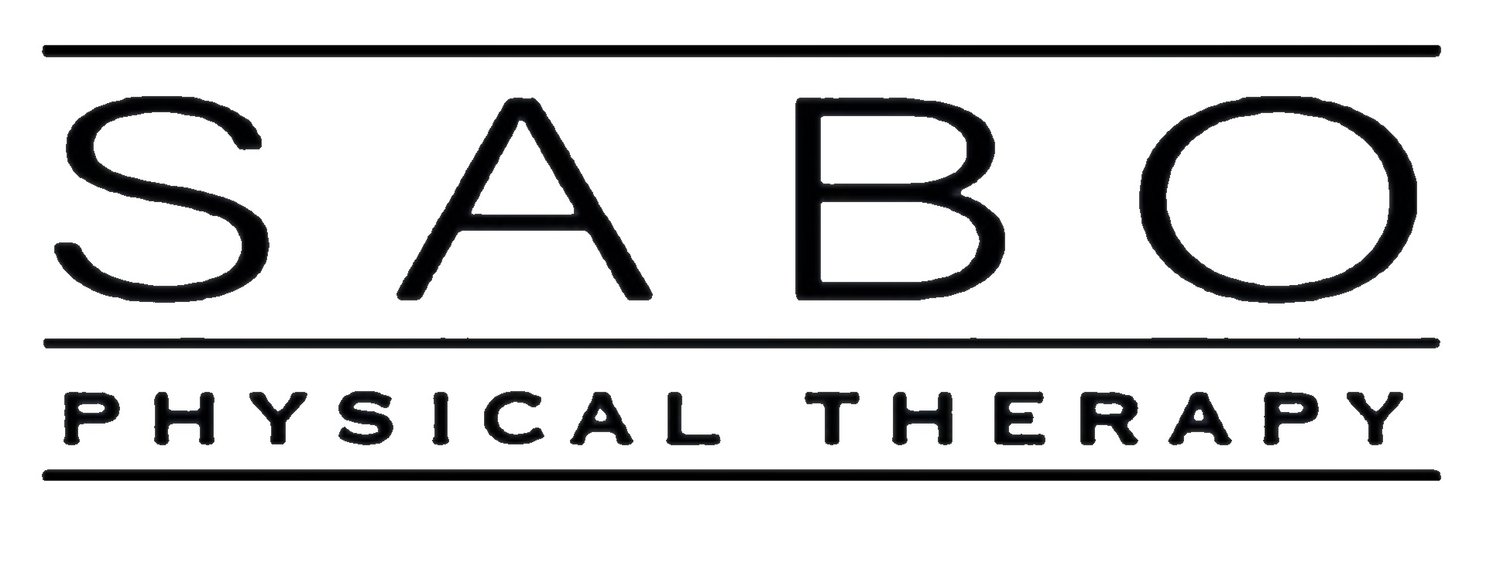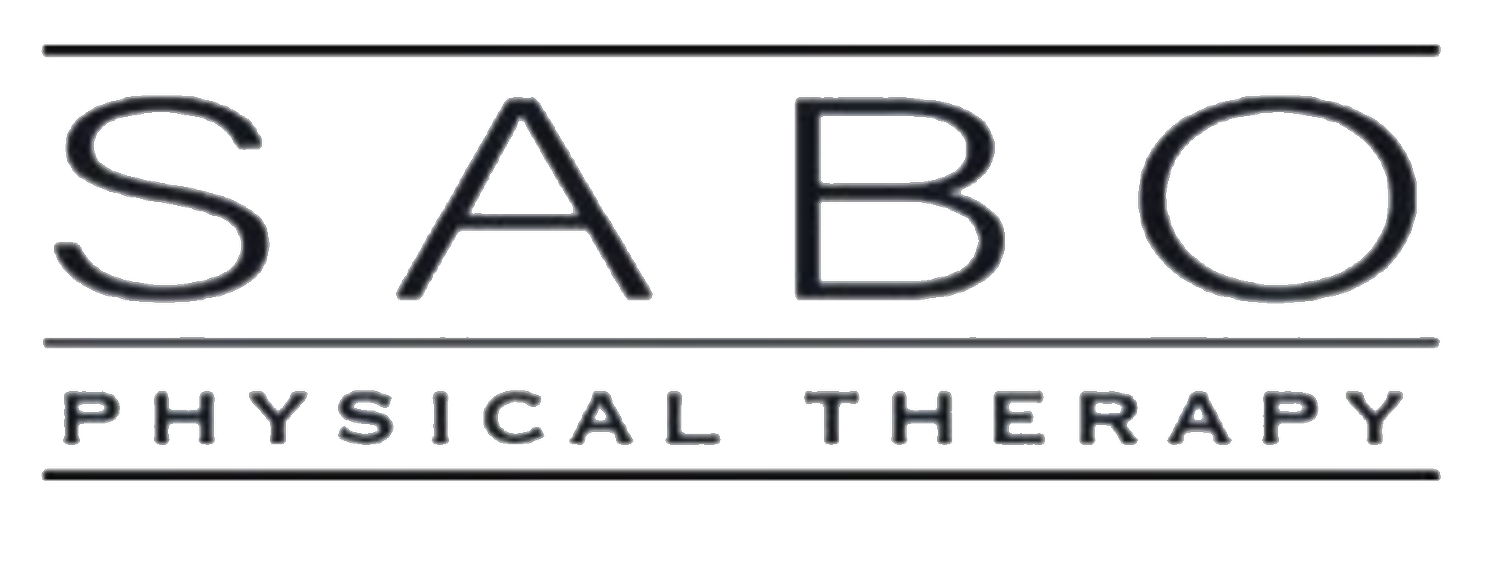Exercise in cold weather
Sport performance can be affected by cold weather. Here are some points to keep in mind:
Our bodies are amazingly adaptable and can maintain our core temperature within a few degrees during very hot or very cold conditions. Since muscle temperature is directly related to neuromuscular function, it is important to maintain body heat during athletic activities in cold weather to perform well.
Cold air is dryer than warmer air, and athletes can become dehydrated more quickly. We don’t feel as thirsty when it’s cold, and we tend to drink less fluids.
The body must work harder to keep our temperature at baseline when it’s cold, so our metabolism increases with cold temperatures, using up glycogen stores and depleting our energy more quickly. Shivering alone increases our oxygen consumption.
Our bodies produce a stress response to cold exposure, causing increased stress on our cardiovascular system, as well as a mild suppression of our immune system. Blood pressure increases with cold, as does the risk of blood clots. Cold weather can cause an inflammatory constriction of the airways, inducing asthma-like symptoms.
The addition of wet conditions to cold temperatures increases the risk of hypothermia, as body heat dissipates more quickly (around 25 times more quickly in cold water than air). Wind chill also plays a role in how quickly we lose heat.
Tips:
· Don’t decrease fluid consumption. Hydrate well.
· Increase the amount of carbs you eat before/during/after intense exercise
· Wear appropriate and adaptable clothing that allows wicking of sweat and protects you from the elements
· Warm up! Increasing muscle temperature prior to activity improves performance
Gatterer H, Dünnwald T, Turner R, Csapo R, Schobersberger W, Burtscher M, Faulhaber M, Kennedy MD. Practicing Sport in Cold Environments: Practical Recommendations to Improve Sport Performance and Reduce Negative Health Outcomes. Int J Environ Res Public Health. 2021 Sep 15;18(18):9700.

